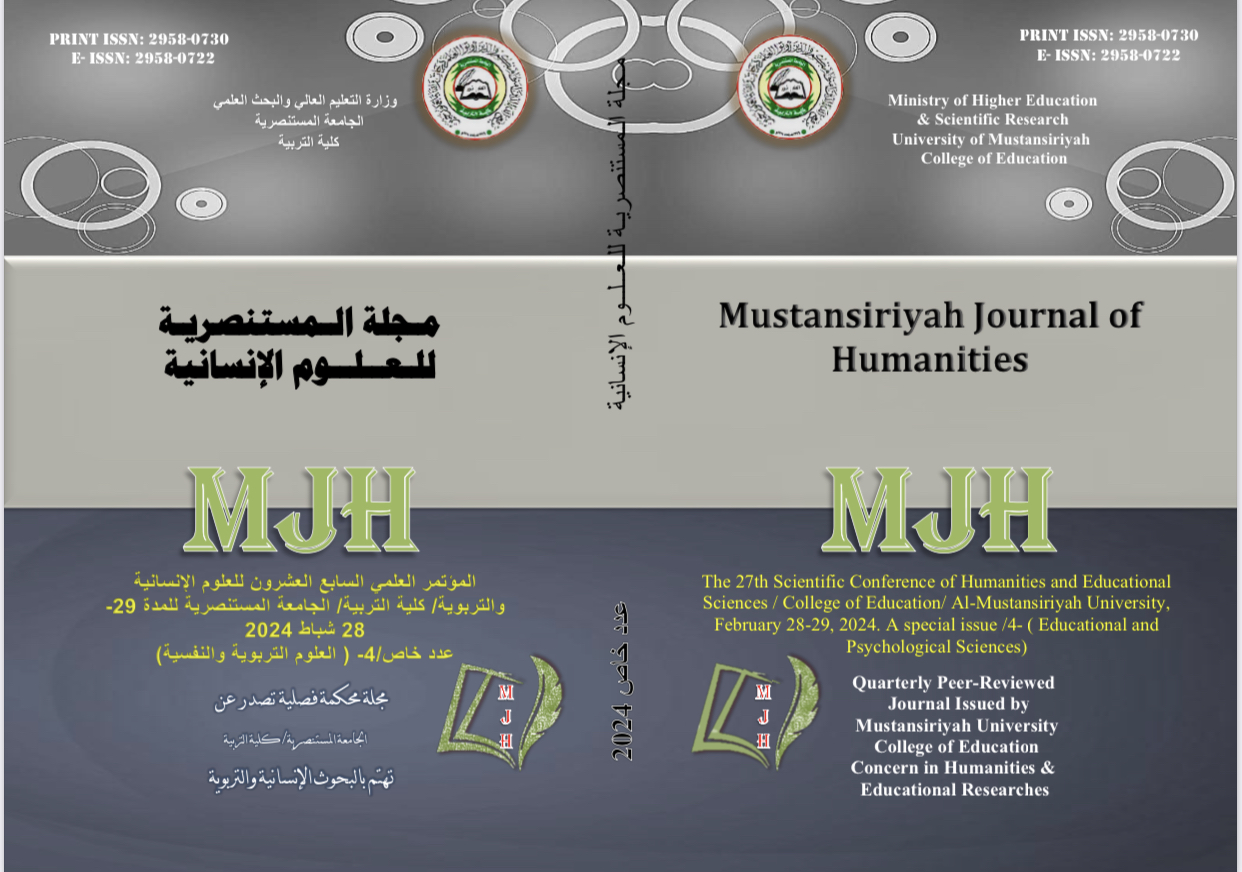Engagement in learning and its relationship to cognitive curiosit among university students
DOI:
https://doi.org/10.47831/mjh.v4iخاص.525Keywords:
educational psychology, engagement in learning, cognitive curiosity.Abstract
The current research aims to identify:
- Engagement in learning among university students.
- Cognitive curiosity among university students
- The relationship between engagement in learning and cognitive curiosity among university students.
- Differences in the relationship between engagement in learning and cognitive curiosity among university students according to the gender variable (males - females).
- Differences in the relationship between engagement in learning and cognitive curiosity among university students according to specialization (scientific - humanities).
To achieve the research objectives, the researcher adopted the scale (Fredricks et al 2004), which was translated by (Khazal 2018) to measure engagement in learning, which in its final form consists of (15) items and the scale (Berlyne 1954) and translated by (Khair 2014) to measure cognitive curiosity, which ultimately consists of (40) items. After extracting the psychometric properties of the two scales in terms of validity and reliability, the researcher applied the two scales to a sample of (200) male and female students from the College of Education/Al-Mustansiriya University who were chosen randomly.
The results showed that the students are engaged in learning compared to the theoretical average and that they enjoy a high level of cognitive curiosity. The results also showed that there is a positive direct relationship between engagement in learning and cognitive curiosity. The results showed differences in the relationship according to the specialization variable, while no differences appeared in The relationship according to the gender variable. In light of the results, the researcher gave some recommendations and suggestions





